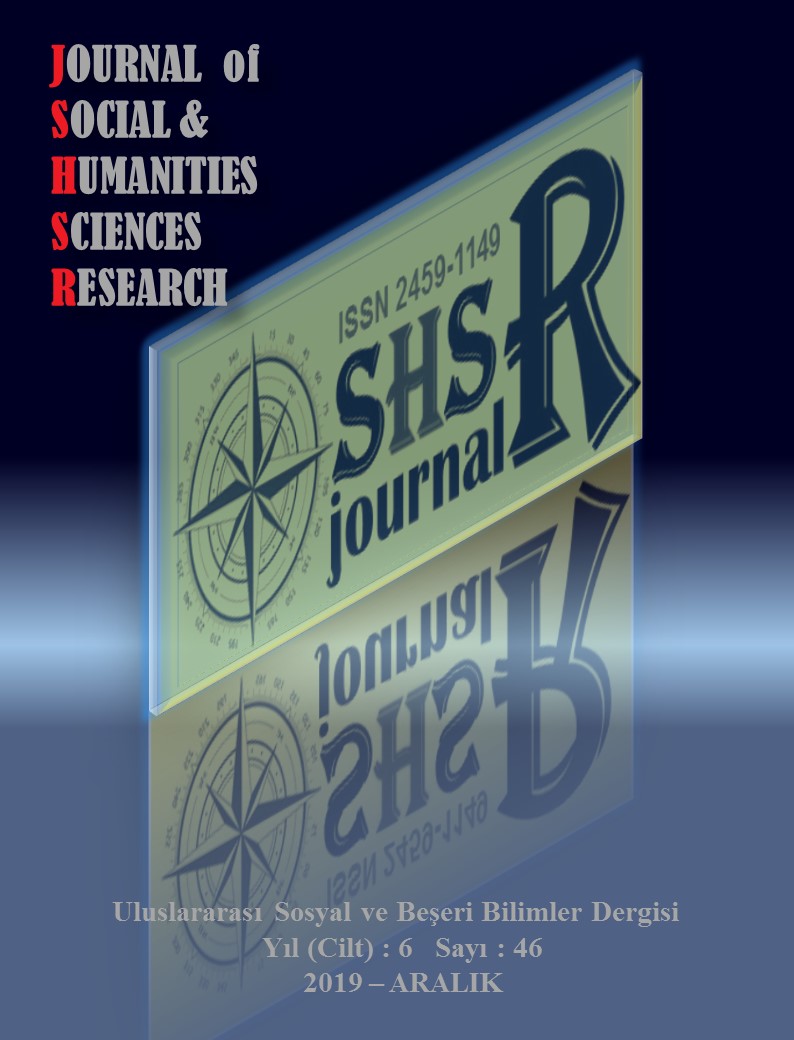THE RELATIONSHIP BETWEEN STUDENTS’ MULTIPLE INTELLIGENCES AREAS, GENDER, NUMBER OF SIBLINGS AND PHYSICS SUCCESS
DOI:
https://doi.org/10.26450/jshsr.1614Keywords:
Siblings number, Gender, FATIH Project, Multiple-intelligences theory, PhysicsAbstract
This study examines the influence of gender and number of siblings on the development of high school students’ multiple
intelligences areas. Also, it examines the relationship between multiple intelligences applications assisted with FATIH project,
multiple intelligences areas and students’ physics success. The sample of the study has consisted of 200 students (78 males and
122 females) from the ninth class of two schools of Yuksekova district of Hakkâri city (Turkey). In the research, the TOKI
Anatolian High School and the Semsettin Onay Anatolian High Schools in Yuksekova were chosen as application schools.
“Multiple Intelligences Areas Inventory for Students (Oral, 2006)”, “Multiple Intelligences Areas Profiles for Students (Saban,
2004)” and “Physics Success Test” were used as a data collection tool. Mean, Standard deviation, T-Test and ANOVA were
used for analyzing the data. The findings of the study reveal that there is a significant influence of the number of siblings on
development of verbal-linguistic intelligence area. It is figured out, that male students’ logical–mathematical intelligence,
bodily-kinesthetic intelligence and social-interpersonal intelligence are more developed than the females’. On the other hand,
it is found out that a group of logical-mathematical intelligence area is more successful among all bits of intelligence groups.
Downloads
Published
How to Cite
Issue
Section
License
Copyright (c) 2019 INTERNATIONAL JOURNAL OF SOCIAL HUMANITIES SCIENCES RESEARCH

This work is licensed under a Creative Commons Attribution 4.0 International License.


